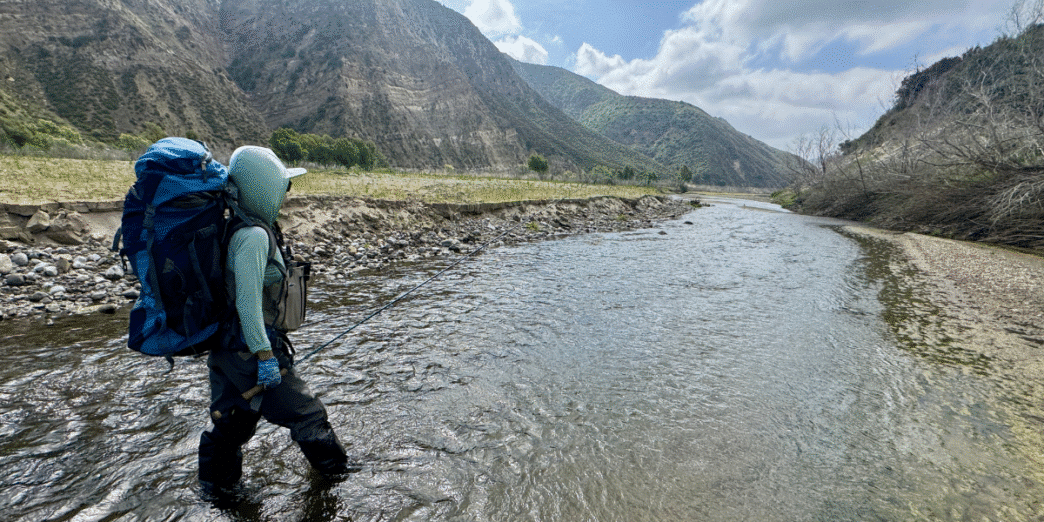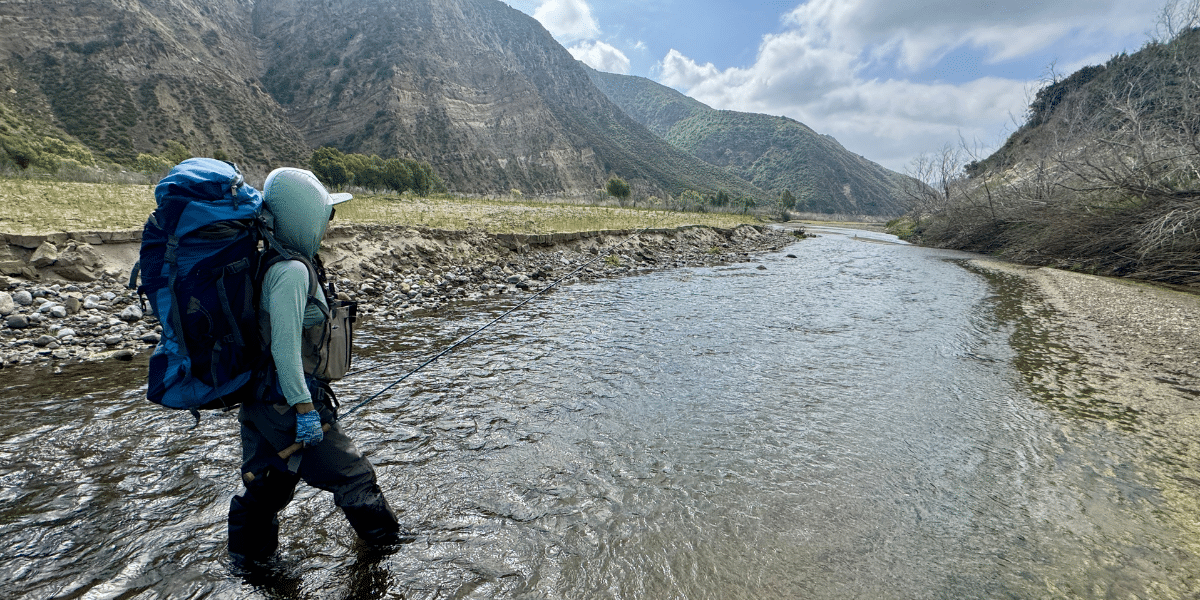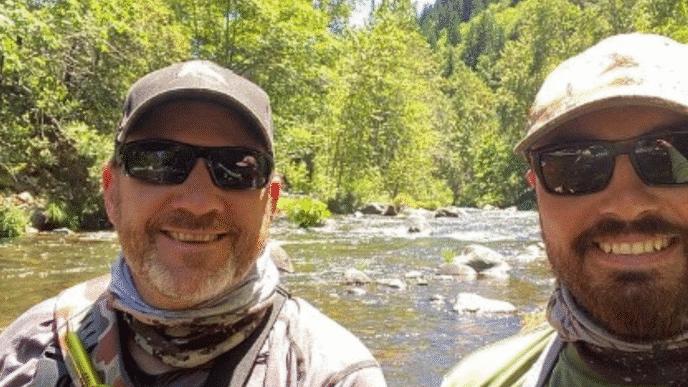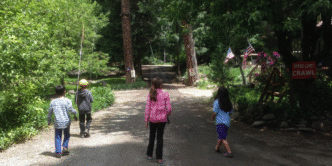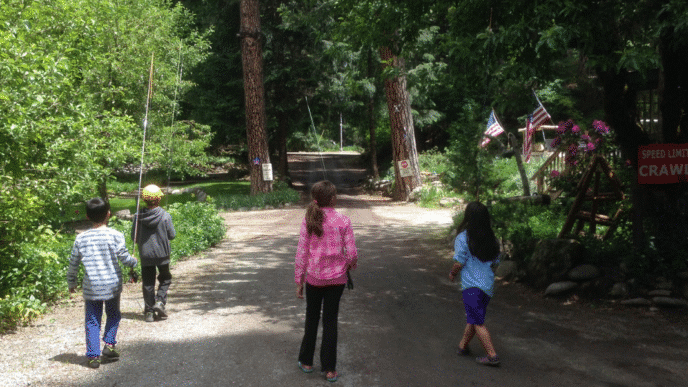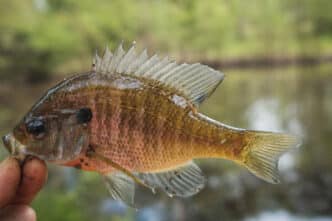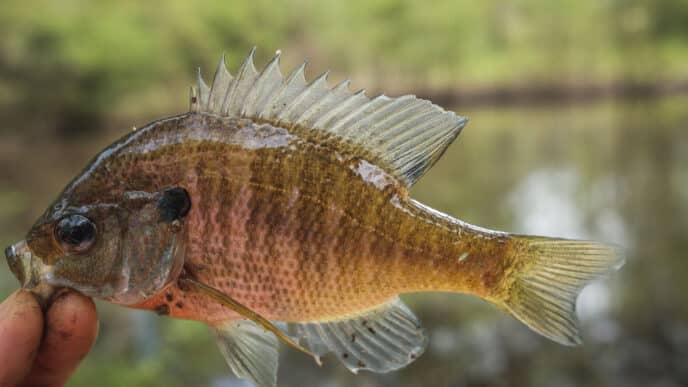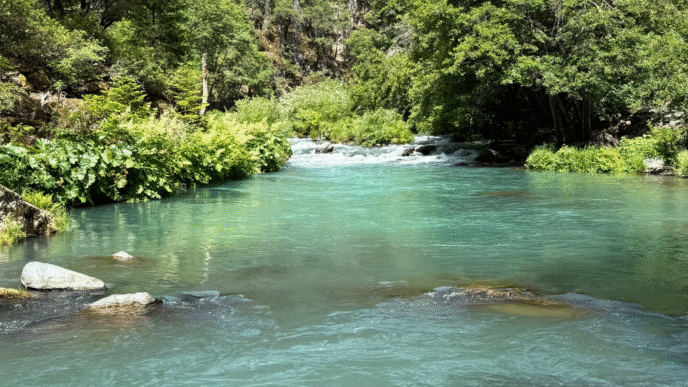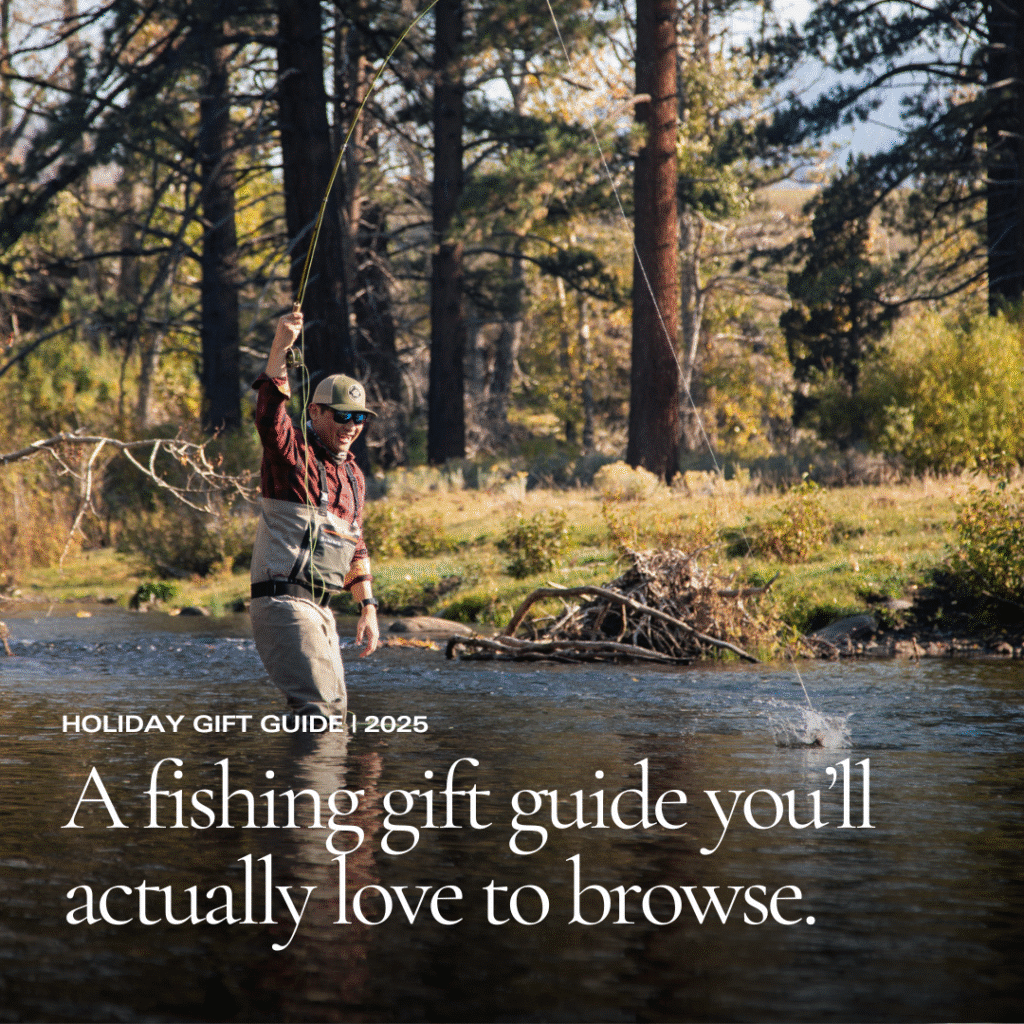Off the Beaten Path
Sponsored Content
Sure, the tug might be the drug—but, cliché as it sounds, the real intoxication often hides in the journey itself. That sense of discovery is where the magic lives for me.
The insatiable craving to be on the water, to be outdoors, and to commune with nature comes in endless flavors. For some, it’s testing our physical limits, complete with poison oak and rattlesnakes. For others, it’s exploring a roadside water, overlooked by everyone, just minutes away from home. Some prioritize social time with friends – every outing replete with a cold one and snacks and, dammit, those are a blast! And then there are the quiet “anglers” who venture out on a “fishing” mission, only to spend the day picking up trash around a neglected campsite and go home satisfied. We could all learn from them.
For me, it’s a sweet trainwreck of all of the above. My fish count often suffers because I am too absorbed by the peregrine falcon whizzing by, a king snake slithering across the path, a horned lizard skittering across a boulder, or bear prints stamped on the stream bank. Well, you get the idea of where my attention goes.
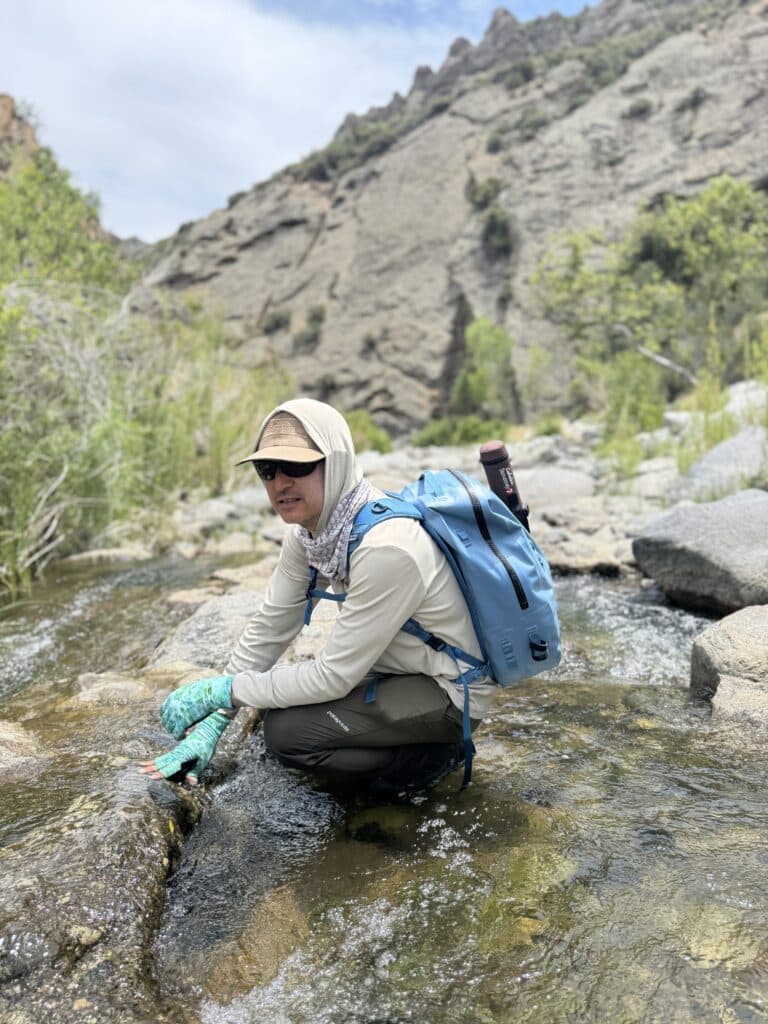
I grew up in the suburbs of San Francisco, and one of my favorite fishing holes was behind a shopping center, in a creek littered with trash and sunken shopping carts. It held gullible green sunfish of decent size and the occasional largemouth bass. Not exactly Tehipite Valley, but it felt wild to me and my friends. We were always the only anglers there, and that simply felt incredible.
Nowadays, I get a kick when I see the numerous dry arroyos at the base of Southern California’s mountains. I know that, higher in the hills, before the water goes subterranean, there’s a cool creek rich with wild trout. Even a lesser-known access to a local lake is part of my current program.
Most of my days in the field begin with a trailhead, an old fire road, or a faint trail that helps me build distance from humanity. Often it’s a combination – old road, to trail, to stream bed, to water – in that order. The urge to leave humanity behind hits hardest when I follow nothing but a hunch. I move cautiously, so as not to harm any lizards, frogs, toads, turtles, redds, and also being mindful of rattlers and poison oak. Yes, safety is a priority, but the alertness is part of the thrill. It’s like drinking really strong coffee.
And if I’m lucky? Whether it’s fifteen minutes or several hours of hiking and bushwacking, I’ll be gazing down upon a body of water and spot a fish that may never have seen a human. I’ll crouch, perched over the water, watching the fish, and wonder if I should even rig up my rod. Often I don’t. Because the experience is enough.
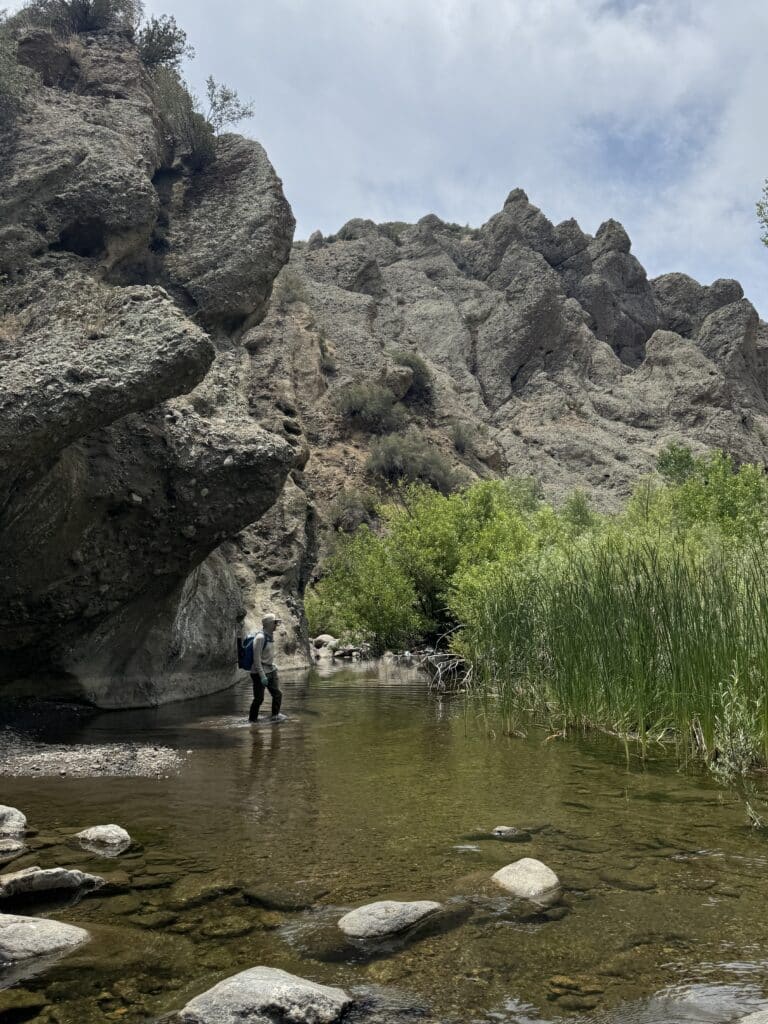
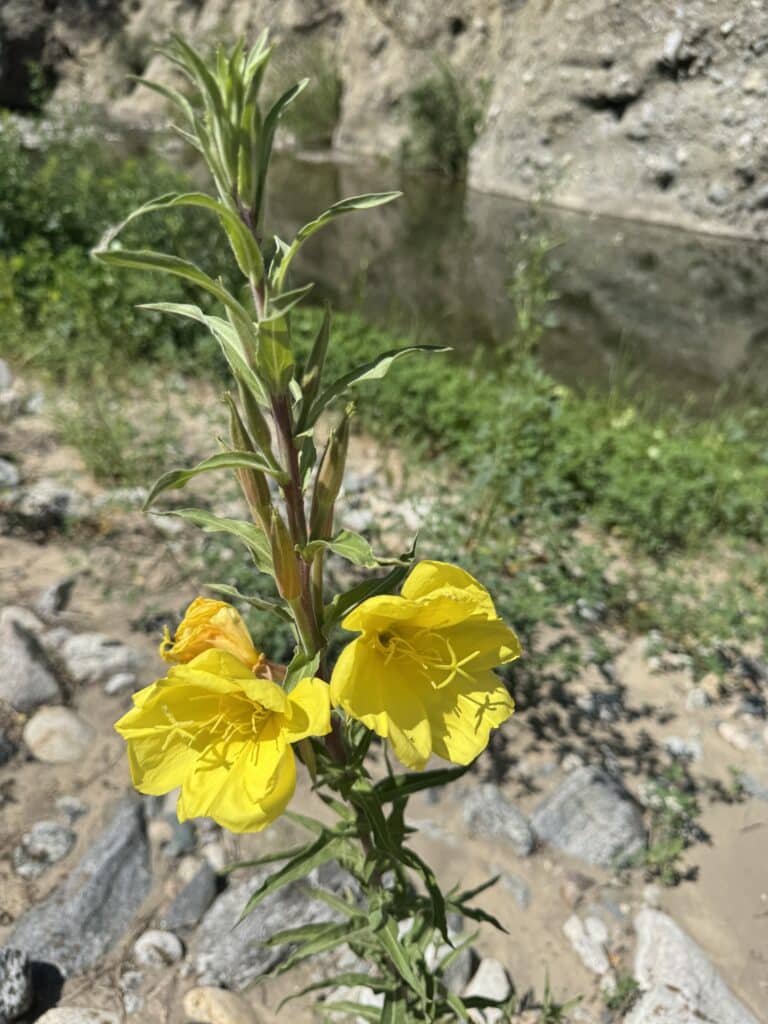
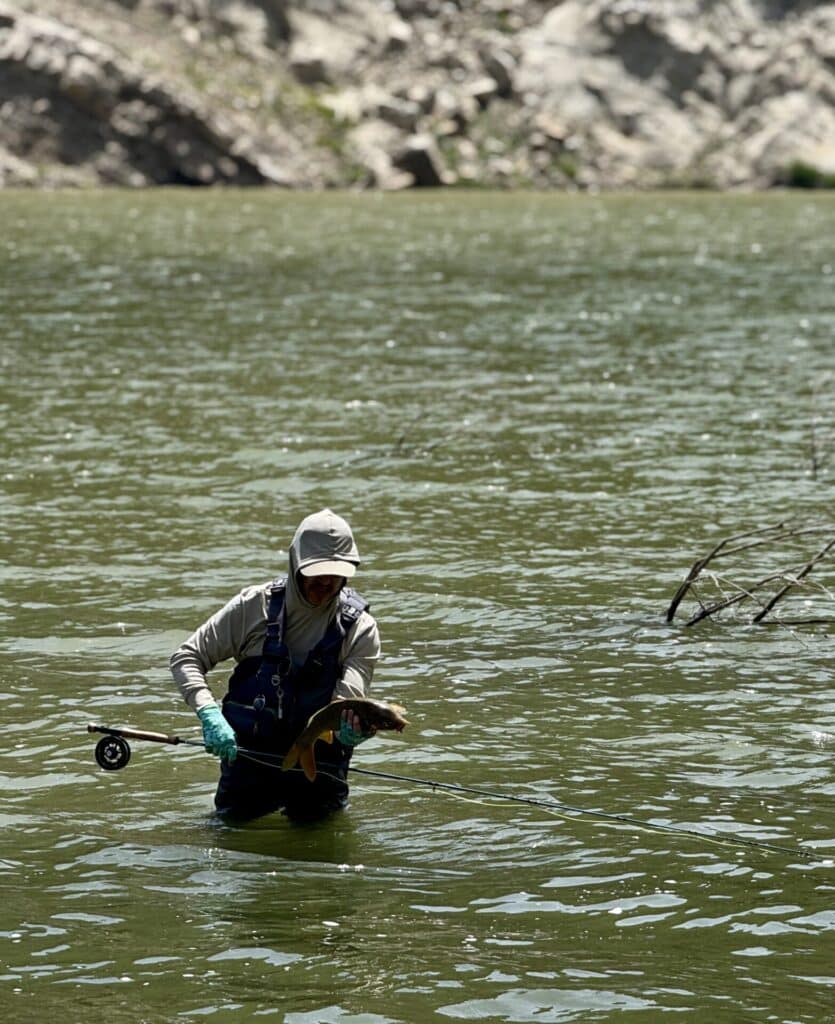

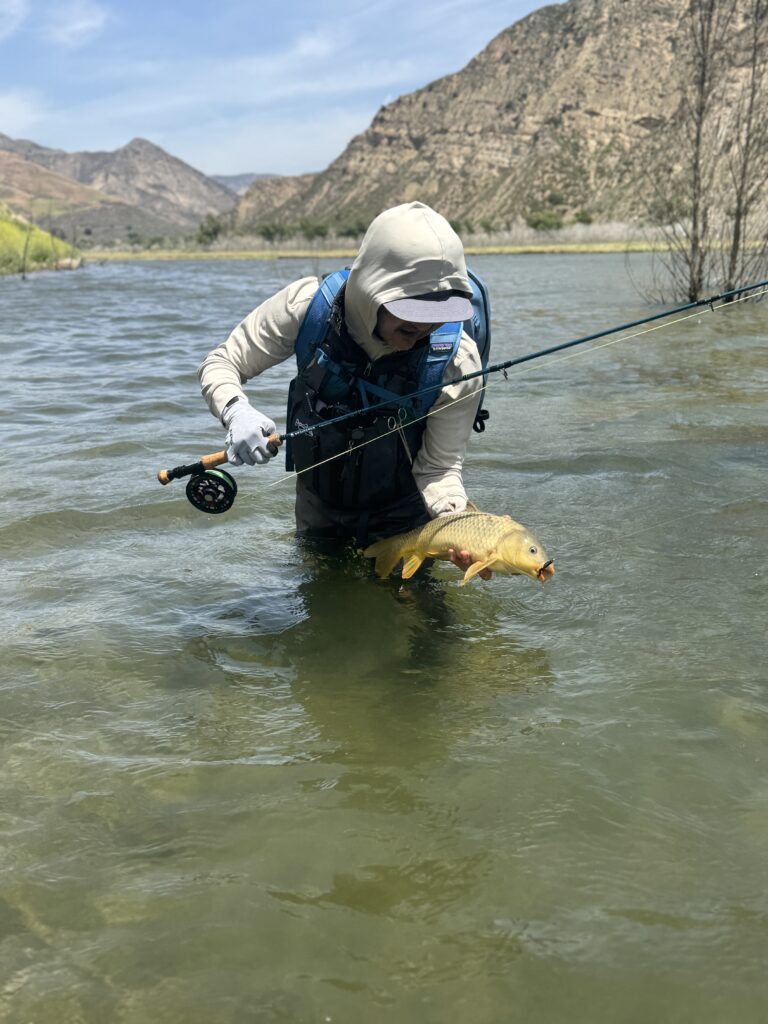
Of course, gearing up for such treks, one must consider: sun and bug protection, comfort (especially with waders), and layers for changing conditions. Hooded, lightweight long-sleeved shirts are a favorite for sun and bug protection. A water filter is essential. And always let someone back home know what silly canyon you decided to crawl into. Many of the best places to fish and explore have zero signal, though personal locator beacons are becoming more common with adventure-minded folk. Still, a dose of common sense never hurts.
Over time, my primal need to find fish and fool them with a fly has taken a backseat to something deeper. I find myself asking different questions: Where are the remaining native trout hiding? Where have invasive species taken hold? Have endangered birds or amphibians survived the last drought, the last fire, the last flood?
Getting out there, boots on the ground, you start to answer so many questions. You see signs. You connect the dots. Nature starts telling you her story – and sometimes, those observations can influence a positive change.
There are creeks near Los Angeles with no verified fish data – none. And sometimes, when I check in with the usual sources, no one knows what fish are there. That uncertainty jumps the destination to the top of my ever-changing target list. Ironically, some of the biggest wild trout I’ve ever encountered live just a short walk from taco stands and gas stations. The joke’s on us, and I can’t get enough.
Other spots are less Uber-friendly. There’s a creek that’s only accessible once the main stem of the river it joins runs low enough to cross, usually after peak snowmelt. Suddenly, miles of water open up. Having rested all winter and into early spring, the remote river is full of eager, fresh fish. The gravel banks are smooth and fresh, except for animal tracks as the water level recedes with each passing day. The only roadmap? Your imagination, your hunches, and your desire to explore off the beaten path.


